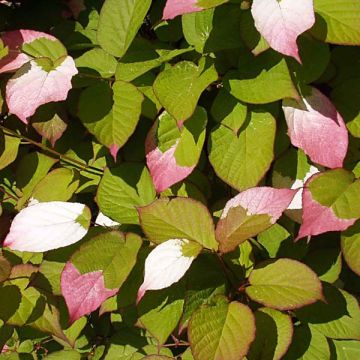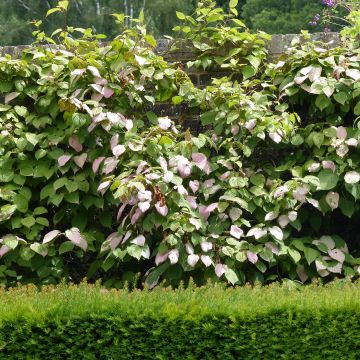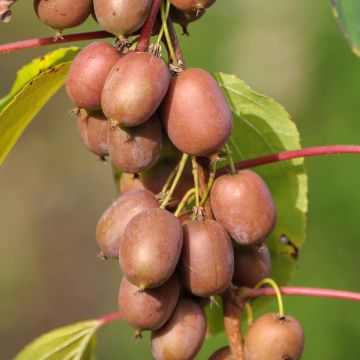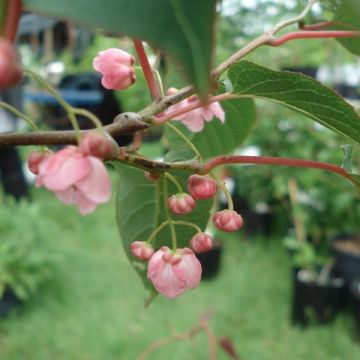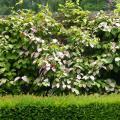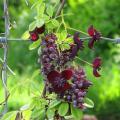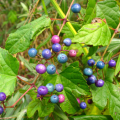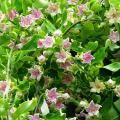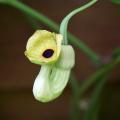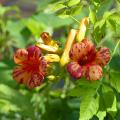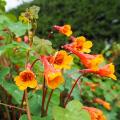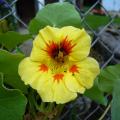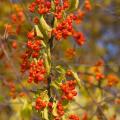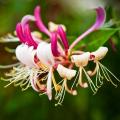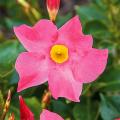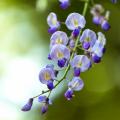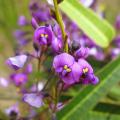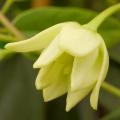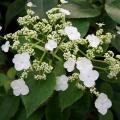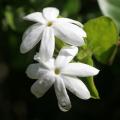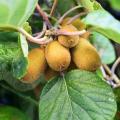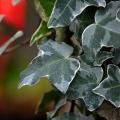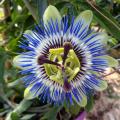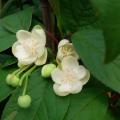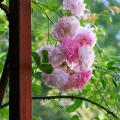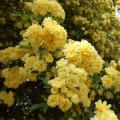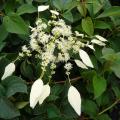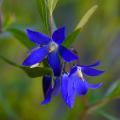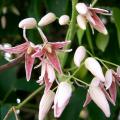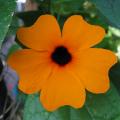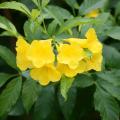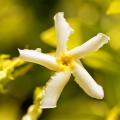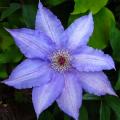Ornamental Kiwi - Actinidia
Does this plant fit my garden? Set up your Plantfit profile →
Available in 3 sizes
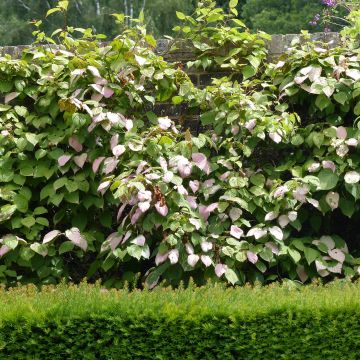
Available in 1 sizes
Available in 1 sizes
Available in 1 sizes
Available in 1 sizes
Actinidia kolomikta, as well as Actinidia purpurea, are the two main varieties of ornamental kiwi cultivated for their beauty rather than their fruits. They are deciduous climbing plants of the Actinidiaceae family, cousins of fruit-bearing kiwis. Like the latter, there are male varieties such as 'Adam' and female varieties such as 'Eve' or 'Sentyabraskaya' with variegated pink leaves and small edible fruits. Actinidia kolomikta or Arctic Kiwi is known for its variegated pink and white leaves, and Actinidia purpurea for its beautiful purple leaves. Actinidia pilosula is also a variety that stands out for its lovely variegated foliage and springtime candy pink flowers. Less known, Actinidia polygama, nicknamed "Matatabi" or "Silver Vine," is a medicinal Japanese species that makes cats euphoric. It also captivates gardeners with its magnificent foliage that takes on silver reflections in summer, its large fragrant white flowers, and its splendid elongated orange fruits with a peppery aroma. These ornamental kiwis offer a palette of colours and textures that are hard to resist.
To cultivate these ornamental Actinidias, prefer a rich, well-drained soil and a sunny or semi-shaded exposure. These climbers require regular watering but not in excess. Provide support for their long, voluble stems.
Haven't found what you were looking for?



































